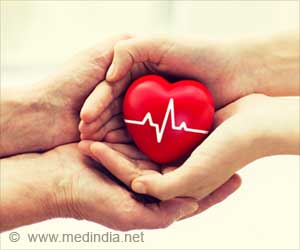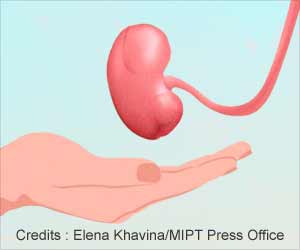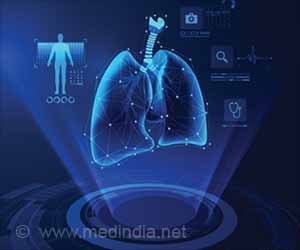India’s only full-fledged bone bank, in the premier institution of AIIMS, is wobbling. But a recent donation has pepped up spirits there.
It is a long way before the mental blocks in the way of organ donation are got over. India’s only full-fledged bone bank, in the premier institution of AIIMS, is wobbling. But a recent donation has pepped up spirits there.
Family members of Ghaziabad-resident Sunil Grover (name changed), who died on December 26 following heart failure at the All India Institute of Medical Sciences (AIIMS), have donated all his bones to the Institute’s bone bank. It was the first donation in nearly two years. The last time AIIMS received a bone donation was on January 12, 2007. The bank therefore was facing a tremendous crisis, left with just a few bone parts. Grover’s bones will now benefit around 15 needy patients. ‘‘The donation has come as a life saver for the bank. Till now, we did not even have two complete sets of bones of the lower limb,’’ orthopaedic surgeon Prof R Malhotra told Kounteya Sinha of Times of India.
Globally, bone is the second most commonly transplanted tissue, after blood. However, in India, lack of awareness and religious sentiments have prevented people from pledging their bones.
According to Prof Malhotra, who started the bone bank at AIIMS, the family had donated the entire body but because Grover had died of a cardiac disease, only his cornea and bones were taken.
According to Prof Malhotra, who started the bone bank at AIIMS, the family had donated the entire body but because Grover had died of a cardiac disease, only his cornea and bones were taken.
Till this donation, the bank was left with just four shin bones, two left sockets and did not have a complete thigh bone.
‘‘Now, we have both of Mr Grover’s pelvic bones which are needed for hip replacement surgery, both the thigh bones, shin bones, the knee caps and attached tendons which are required for reconstructing tendon damage of athletes,’’ Prof Malhotra said.
‘‘Now, we have both of Mr Grover’s pelvic bones which are needed for hip replacement surgery, both the thigh bones, shin bones, the knee caps and attached tendons which are required for reconstructing tendon damage of athletes,’’ Prof Malhotra said.
‘‘We usually take bones from the lower limb. When kept at -70 degree centigrade, the bones can be used for five years. We are now preparing Mr Grover’s bones for use in other patients,’’ he added.
Since its inception in 1999, the bone bank at AIIMS has recorded only nine cadaver donations — six males and three females. Over 250 patients have already benefited from the bank. Operations performed using the banked bone have recorded 95% success with no extra cost to the patient.
Prof Malhotra said over 20% of patients undergoing complex surgeries — tumour surgeries, failed replacements, spinal surgery and massive bone loss following trauma, require bone transplant.
Bone transplant helps patients with massive bone loss due to road accidents and bone tumours, facing possible amputation of the limbs.
Prof Malhotra said, ‘‘In Australia, bone donation rate is 4 out of 100,000 population while in the US it is 2. India has an abysmally low rate and on an average, I don’t even get a single donation in a year. It’s because of lack of awareness among potential donors. People think donating bones would reduce the quantity of ash that is immersed after the person’s death. This is not true. We just remove the two thigh bones, shin bones and pelvic bones.’’
He added, ‘‘Donating bones also does not disfigure the body. We meticulously reconstruct it with wood and synthetic wool. There’s no dangling of limbs and no disfigurement. All that is visible are the stitch marks. People wrongly think that once the bones are removed, the body would look mutilated.’’
Source-Medindia
GPL







